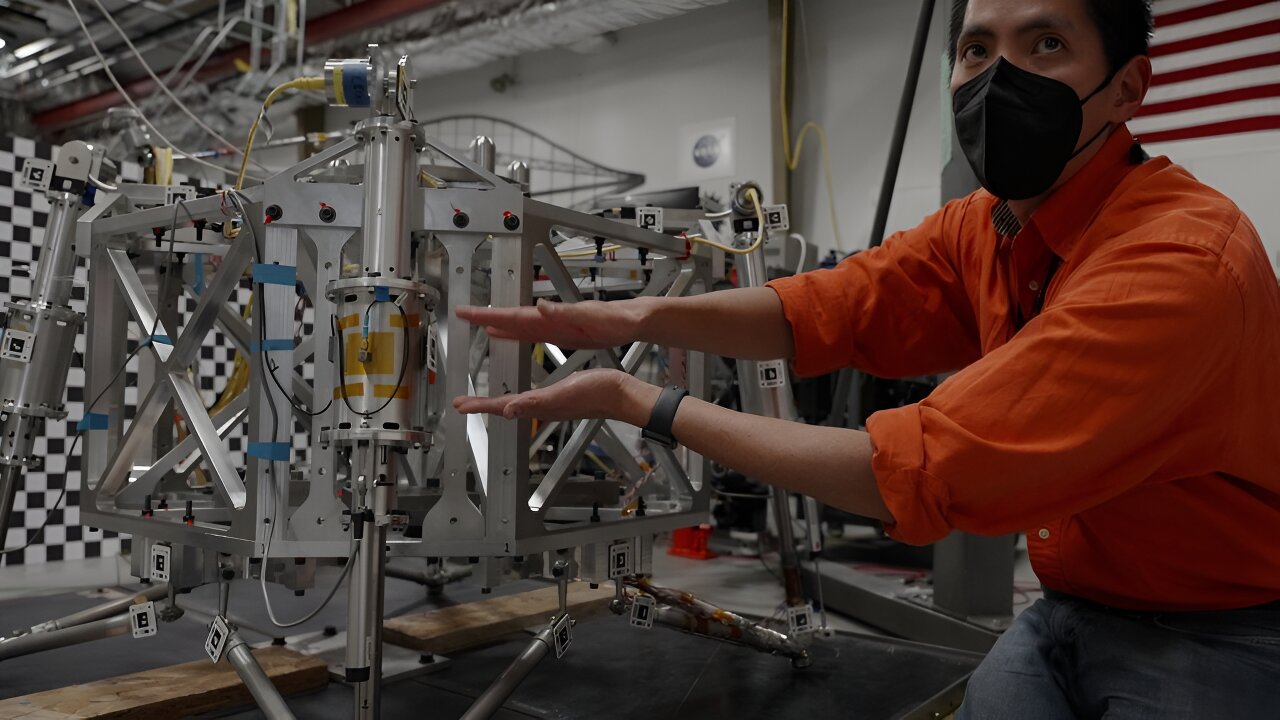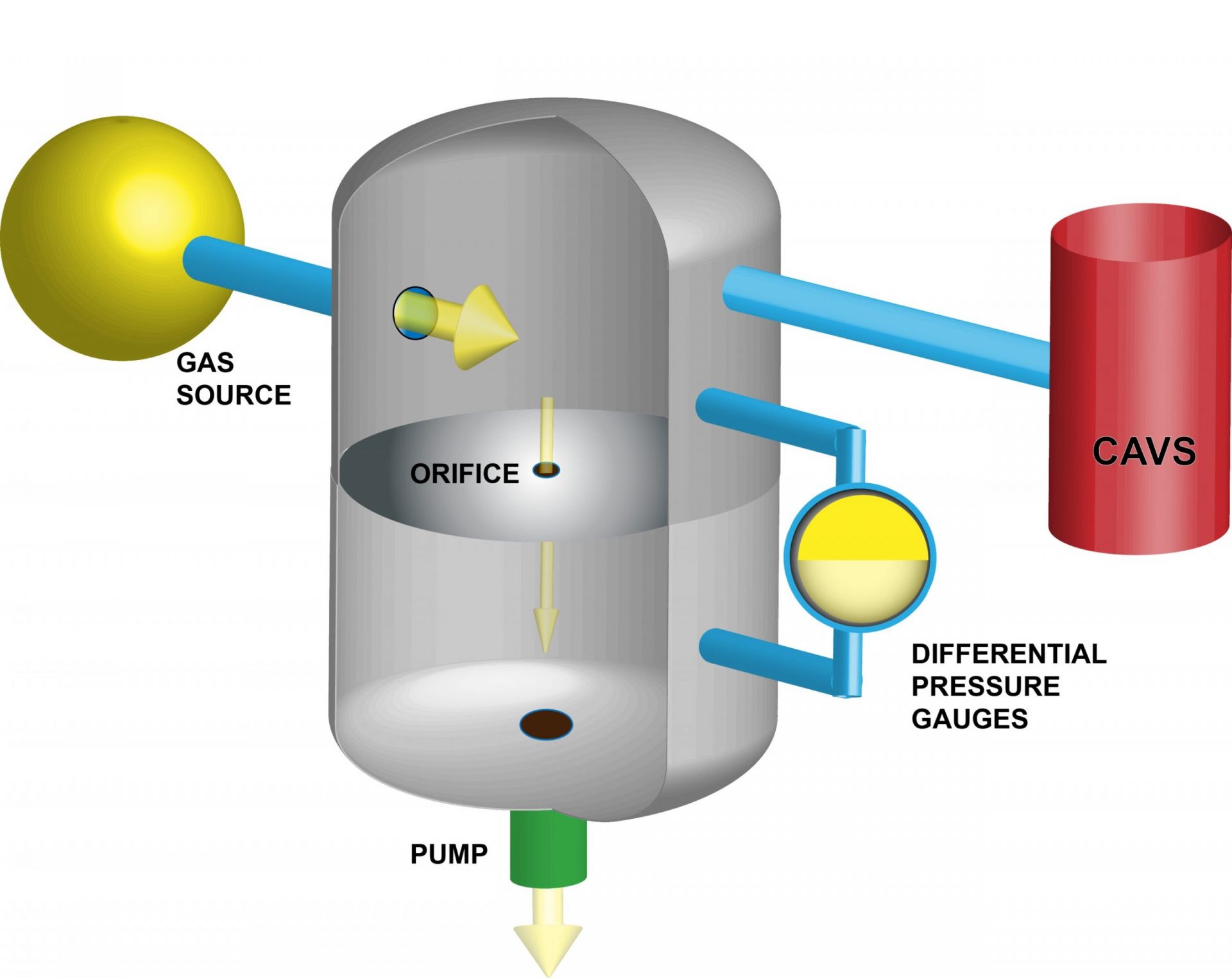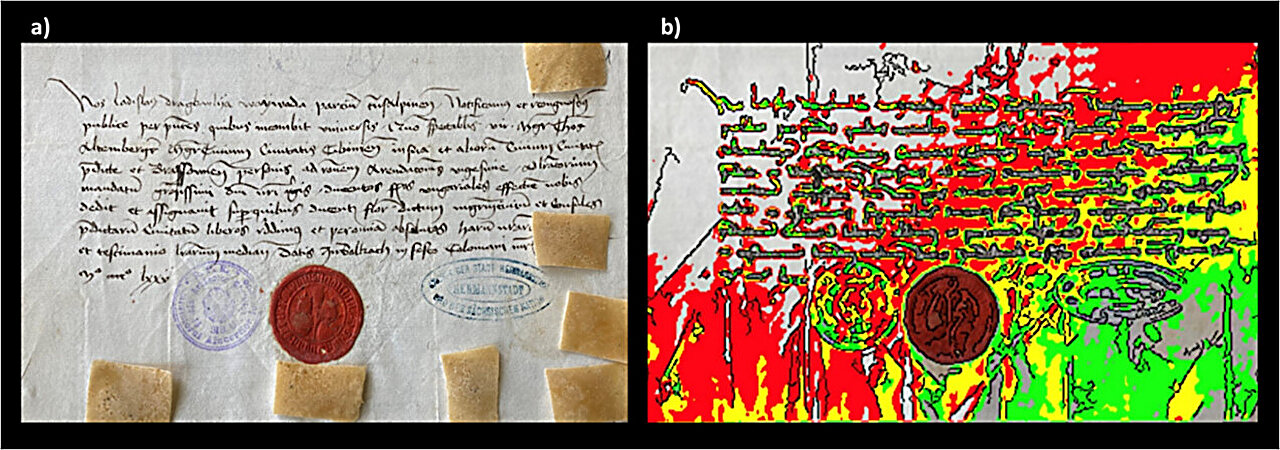Prepare for impact! The heaviest spacecraft to ever touch down on the Red Planet needs sturdy legs to absorb the force.
NASA’s Perseverance rover is on a mission to collect rock core samples for the Mars Sample Return campaign. These samples will be brought back to Earth for further study. To accomplish this, engineers at NASA’s Jet Propulsion Laboratory are testing prototypes of the Sample Retrieval Lander’s legs and footpads. These legs will play a crucial role in absorbing the impact of touchdown on Mars.
The Sample Retrieval Lander concept is the largest spacecraft ever designed to land on Mars, weighing up to 5,016 pounds (2,275 kilograms). It will rely on advanced parachutes and rocket engines to slow its descent. However, the legs of the lander are essential for absorbing the remaining impact.
The lander will carry a rocket that will launch Perseverance’s rock core samples to an awaiting orbiter. It will also have the capability to carry mini-helicopters as backups for retrieving samples deposited in a sample depot. Therefore, the lander needs to be robust and capable of handling the weight.
To ensure a successful landing, JPL engineers have conducted drop tests and simulated Martian soil impacts. These tests have provided valuable insights for refining the lander’s design.
Starting small
“There’s already a night-and-day difference between this lander and the design we started with,” said Morgan Montalvo, a JPL engineer working on the tests.
The team has considered various landing scenarios, including the possibility of the lander touching down at an angle and encountering obstacles. They have even tested prototypes by simulating such challenges. The results have led to improvements in the design, such as stronger flight struts and larger load limiters.
Heavy-footed spacecraft
The lander’s full-size foot pads have been tested in a box filled with Mars-like soil. These foot pads, attached to an assembly with iron weight plates, need to distribute the weight evenly and prevent sinking into the surface. They also serve as a platform for the rocket to lift off from.
Patrick DeGrosse, the test bed lead, meticulously rebuilds the soil bed after each test to ensure consistent conditions. This time-consuming process allows the team to understand how the footpad interacts with the soil.
“You have to rebuild Mars multiple times to do this test,” he said.








